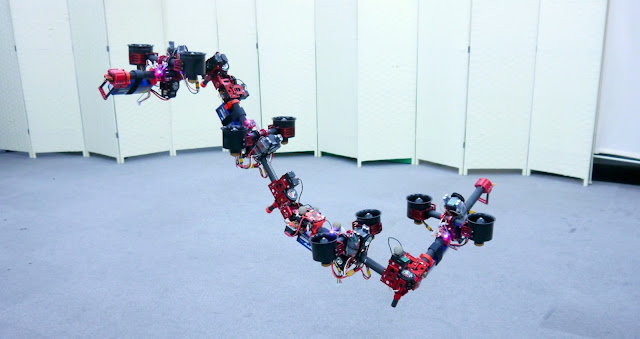Riding the Future: Self-Balancing Technology in Bikes
Introduction
In
the ever-evolving world of transportation technology, self-balancing bikes have
surfaced as an inciting invention. These futuristic two-wheelers use cutting-edge
technology to maintain balance without the need for a rider's steady input. In
this blog post, we'll delve into the fascinating world of self-balancing
technology in bikes and the impact it's having on the future of public
mobility.
The
Basics of Self-Balancing Technology
Self-balancing
bikes, frequently referred to as "smart bikes" or "self-balancing
electric bikes", have a combination of sensors, gyroscopes,
accelerometers, and advanced algorithms to maintain balance. These elements
bring together to stabilize the bike, keeping it upright even when the rider is
non-moving or moving at low speeds.
Key
Components of Self-Balancing Bikes
Gyroscopes:
Gyroscopes are utilized to gauge the bike's orientation and angular velocity.
They give vital data to the bike's controller system, permitting it to make real-time
adaptations to maintain balance.
Accelerometers:
These sensors detect fluctuations in acceleration and inclination, helping the
bike's computer system determine the bike's position in space.
Control
Algorithms: Sophisticated algorithms process data from the sensors, computing
the mandatory adaptations to the bike's position and speed.
Electric
Motors: Electric motors are responsible for propelling the bike forward and
backward. They respond to the control algorithms to adjust the bike's balance.
Benefits
of Self-Balancing Bikes
Enhanced
Safety: Self-balancing technology significantly reduces the risk of casualties
caused by loss of balance, making these bikes a reliable alternative for riders
of all skill ranks.
Ease
of Use: Riders do not need advanced cycling expertise to enjoy self-balancing
bikes, making them popular with a wide range of people.
Efficient
Urban Mobility: Self-balancing bikes can be a useful and eco-friendly means of
transportation for short commutes and local trips, reducing the reliance on
cars and promoting sustainability.
Reduced
Congestion: As an optional mode of local transportation, self-balancing bikes
can help ease traffic jams and reduce the environmental impact of day-to-day
commuting.
Applications
of Self-Balancing Bikes
Urban
Commuting: Self-balancing bikes are well-suited for short commutes, permitting
riders to navigate town roads with ease.
Tourism:
Tourists can explore towns and tourist destinations in a pleasurable and eco-friendly
way by utilizing self-balancing bikes.
Last-Mile
Delivery: Companies are exploring the usage of self-balancing bikes for last-mile
delivery services, assisting in reducing flows from delivery automobiles.
Recreation:
Beyond practical usage, self-balancing bikes are also enjoyed for recreational
objectives, providing riders with a unique and fun experience.
Challenges
and Future Prospects
While
self-balancing technology in bikes holds immense future prospects, there are
still challenges to beat. Battery life, cost, and endurance are fields of ongoing
exploration and progress. Also, regulations and structure for these creative
vehicles need to be demonstrated and adapted to hold their growing presence in
local areas.
Conclusion
Self-balancing
technology in bikes represents a significant move ahead in the development of
urban mobility. With their potential to improve safety, reduce traffic, and
promote sustainability, self-balancing bikes offer an inviting glimpse into the
future of transportation. As technology continues to advance and acceptance
grows, these futuristic two-wheelers may grow as an integral part of our local
terrain, revolutionizing the way we travel and explore our towns.



Comments
Post a Comment